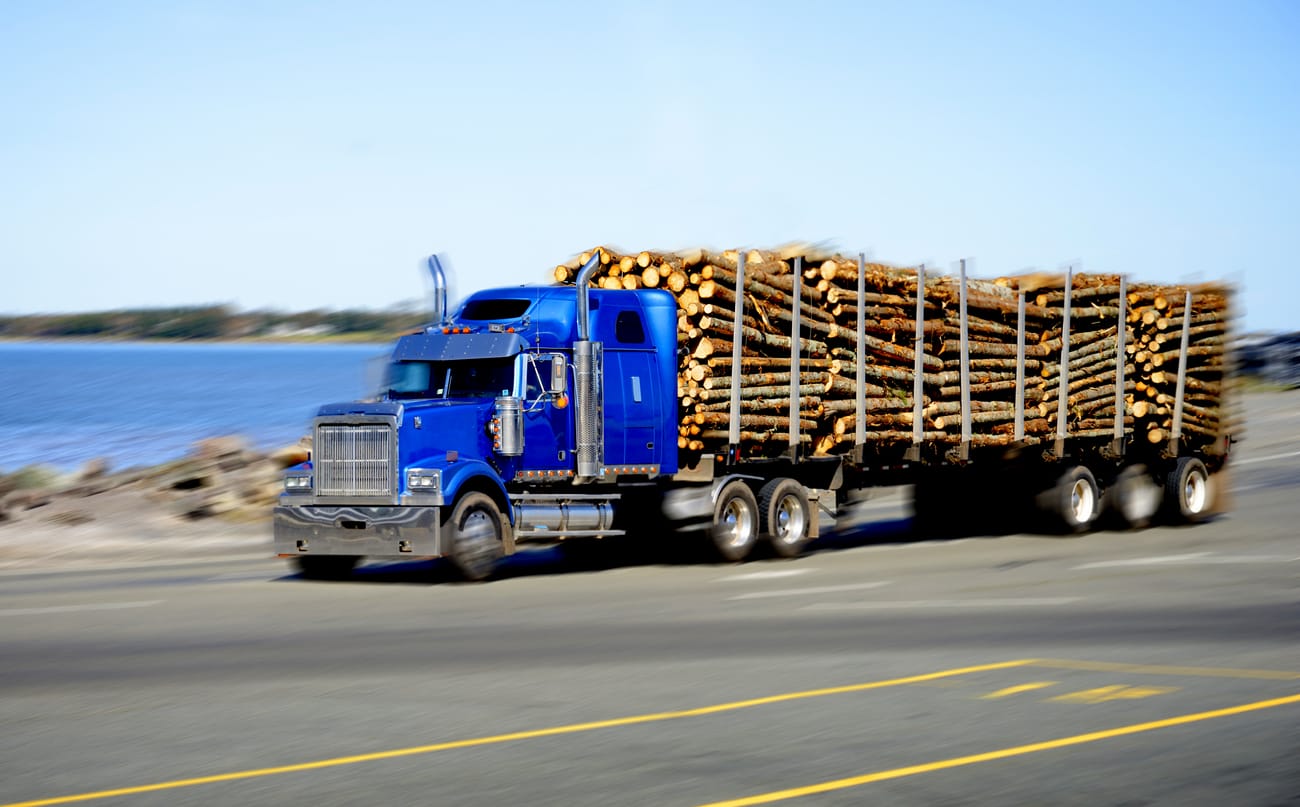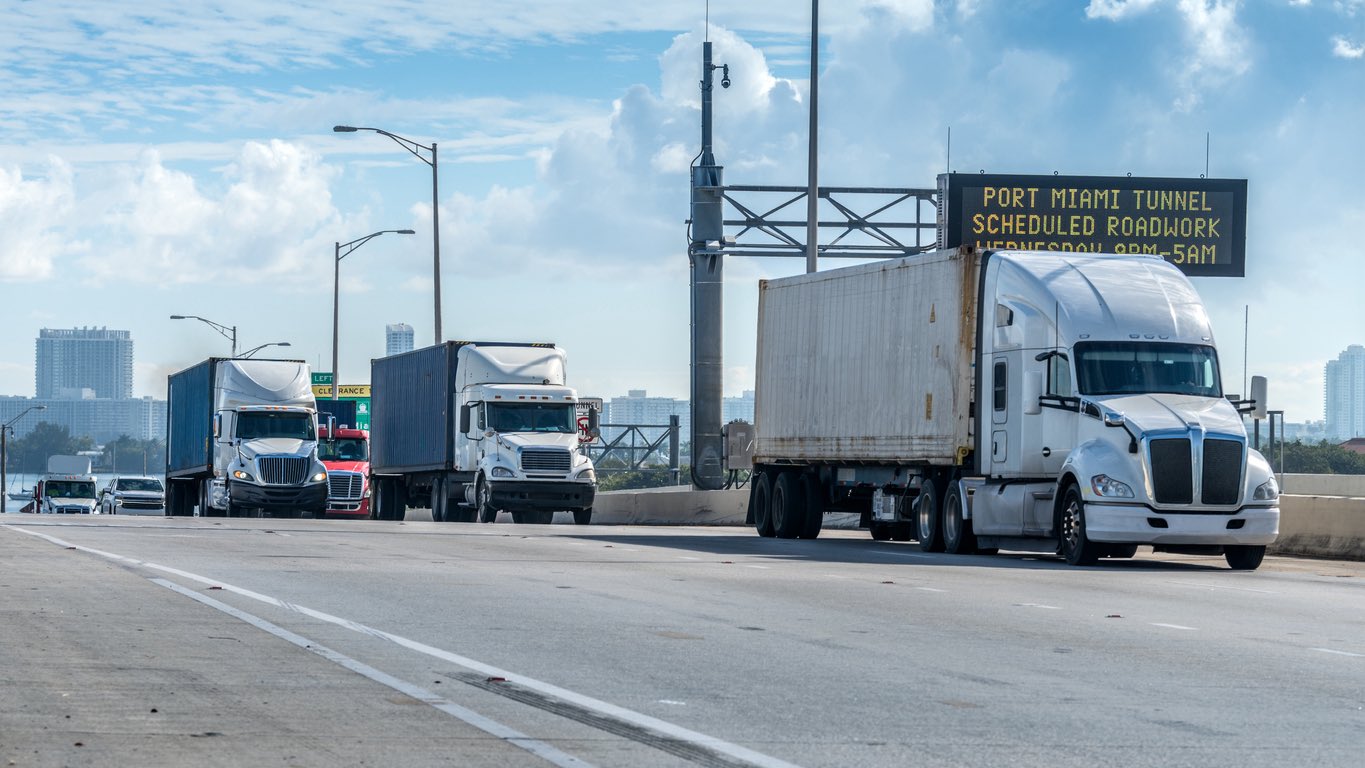Whether you’re a seasoned pro or just starting out, read on for everything you need to know about shipping lumber and wood.
When choosing a shipping company, selecting one with experience shipping lumber and wood is essential. This will ensure that your shipment is handled correctly and arrives safely at its destination. In addition, be sure to ask about the company’s insurance coverage in case of any damage during transit.
The shipping company should be able to provide you with all of the necessary information you will need to ship your lumber. Make sure you get a couple of quotes from reputable companies so you can choose the one with the best rates and experience.

The first step in shipping lumber and wood is knowing which type of wood you will be shipping. Three main types of wood are commonly used for shipping: hardwoods, softwoods, and engineered wood.
- Hardwoods: Wood such as oak and maple are strong and durable but can be expensive.
- Softwoods: Wood like pine and cedar are less expensive but can be more susceptible to damage.
- Engineered Wood: Wood such as plywood and MDF are made from layers of glued-together wood veneers or fibers and are very strong but can be challenging to work with.
- Pressure-Treated Lumber: Before shipping lumber, it’s essential to know if the lumber is pressure treated. Pressure-treated lumber is wood treated with chemicals to resist rot, decay, and insects. While this type of lumber is more durable than non-treated lumber, it can be more challenging to work with and may require special handling during shipping.
Knowing the type of wood you will be shipping is essential early in the shipping process as it will determine the type of packaging and shipping methods you will need.
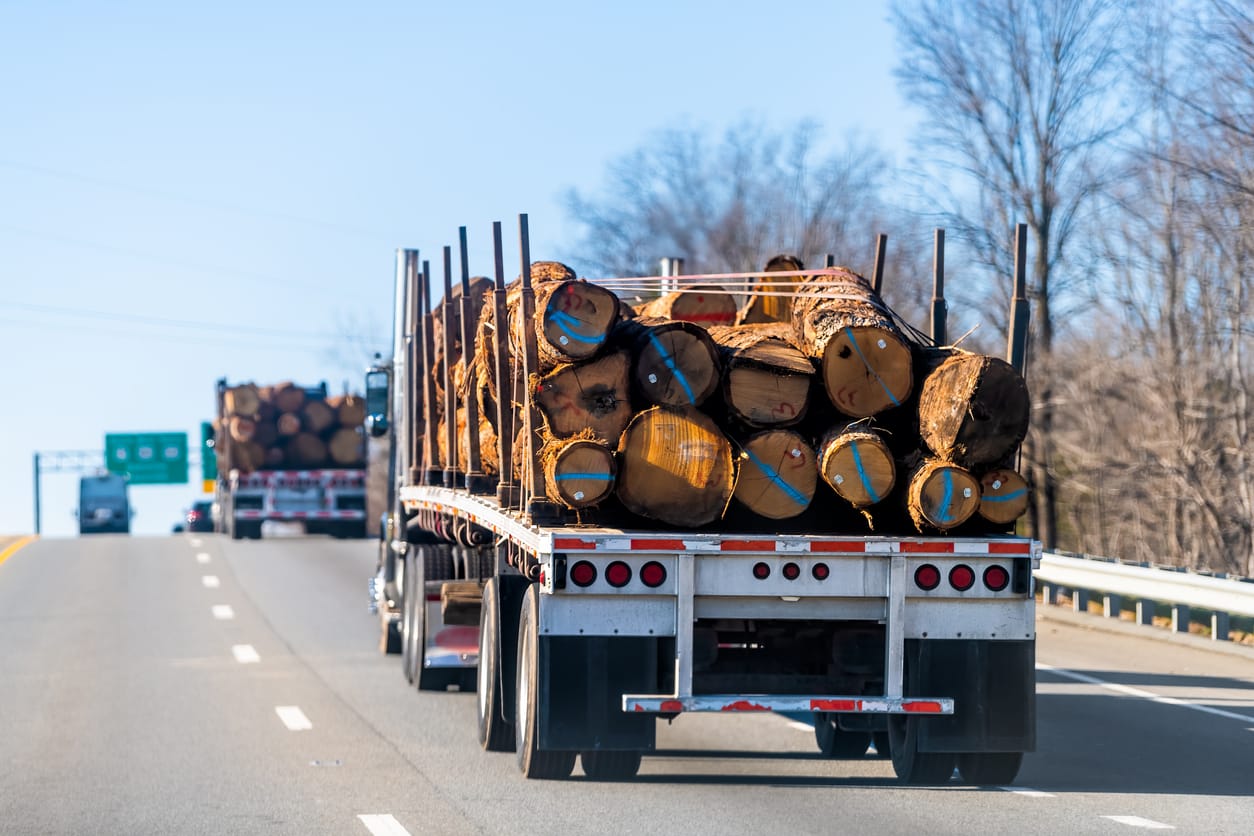
The cost of shipping lumber and wood will vary depending on the size and weight of your shipment and the distance it needs to travel. Hardwoods are generally more expensive to ship than softwoods due to their weight and size. Engineered wood is usually the most expensive type to ship because of its delicate nature.
The prices can range drastically and the price is all dependent on many factors. Be sure to get a few quotes from different shipping companies so you can compare rates and find the best price for your shipment.
When it comes to shipping lumber, one of the most popular methods is truckload transport. This method is typically used for larger shipments of lumber that weigh 10,000 pounds or more. The cost of truckload transport will vary depending on the size and weight of your shipment and the distance it needs to travel. Generally, you can expect to pay anywhere from $1,000 to $5,000 or more for truckload transport.
Oversized lumber is too long or too wide to ship via truckload transport. In most cases, oversized lumber must be shipped by flatbed transport. Flatbed transport is a type of shipping that utilizes a flatbed trailer to ship your lumber. The cost of flatbed transport will vary depending on the size and weight of your shipment and the distance it needs to travel.
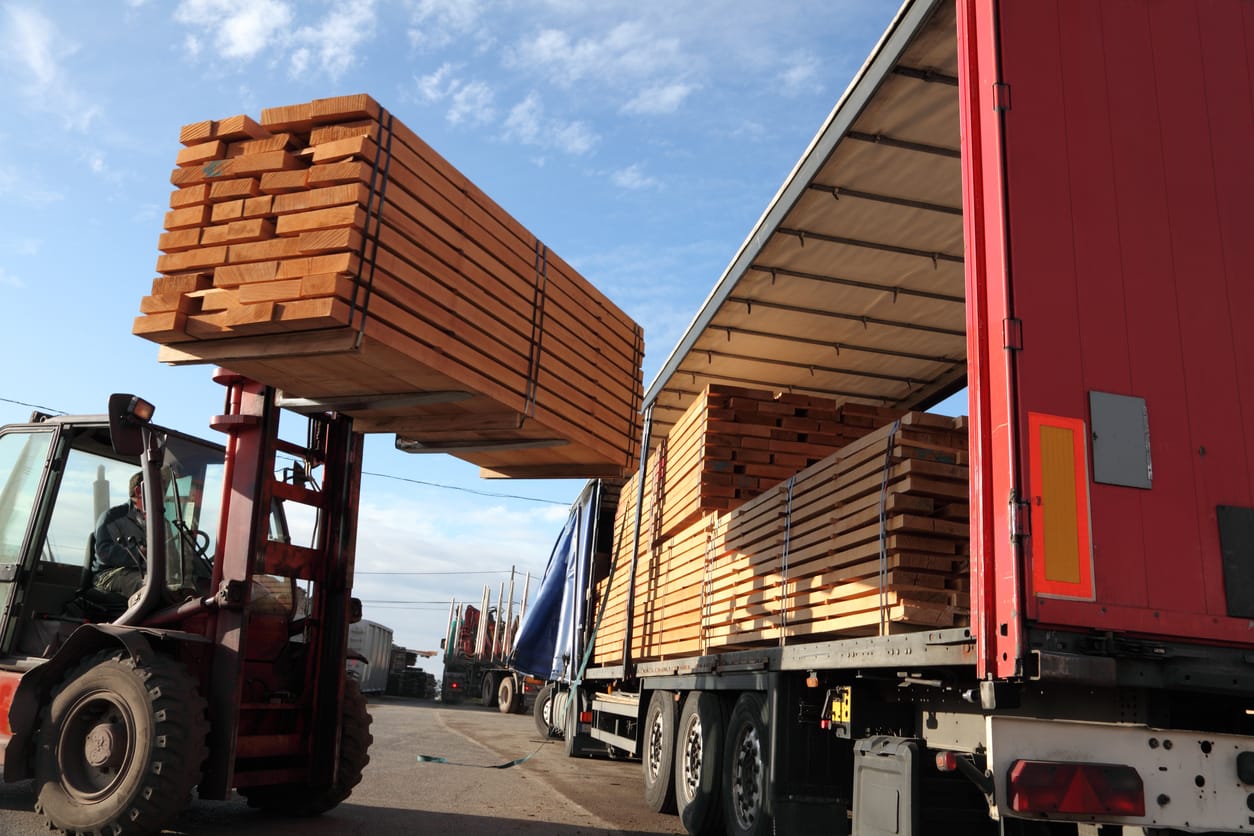
Once you’ve selected the type of lumber or wood you’ll be shipping, it is time to start preparing your shipment. The first step is to measure the dimensions of the lumber or wood to determine the size of the crate or pallet you need. It’s important to leave enough space around the lumber or wood so that it can be adequately secured during transit.
Once you know your measurements and dimensions, it’s time to start thinking about packaging materials. The most important thing to remember when packaging wood is that it needs to be protected from moisture. Wood is an organic material that can degrade quickly if it gets wet, so it’s crucial to use packaging materials to keep it dry during shipment. Some common packaging materials that can be used for this purpose include plastic sheeting, kraft paper, and bubble wrap.
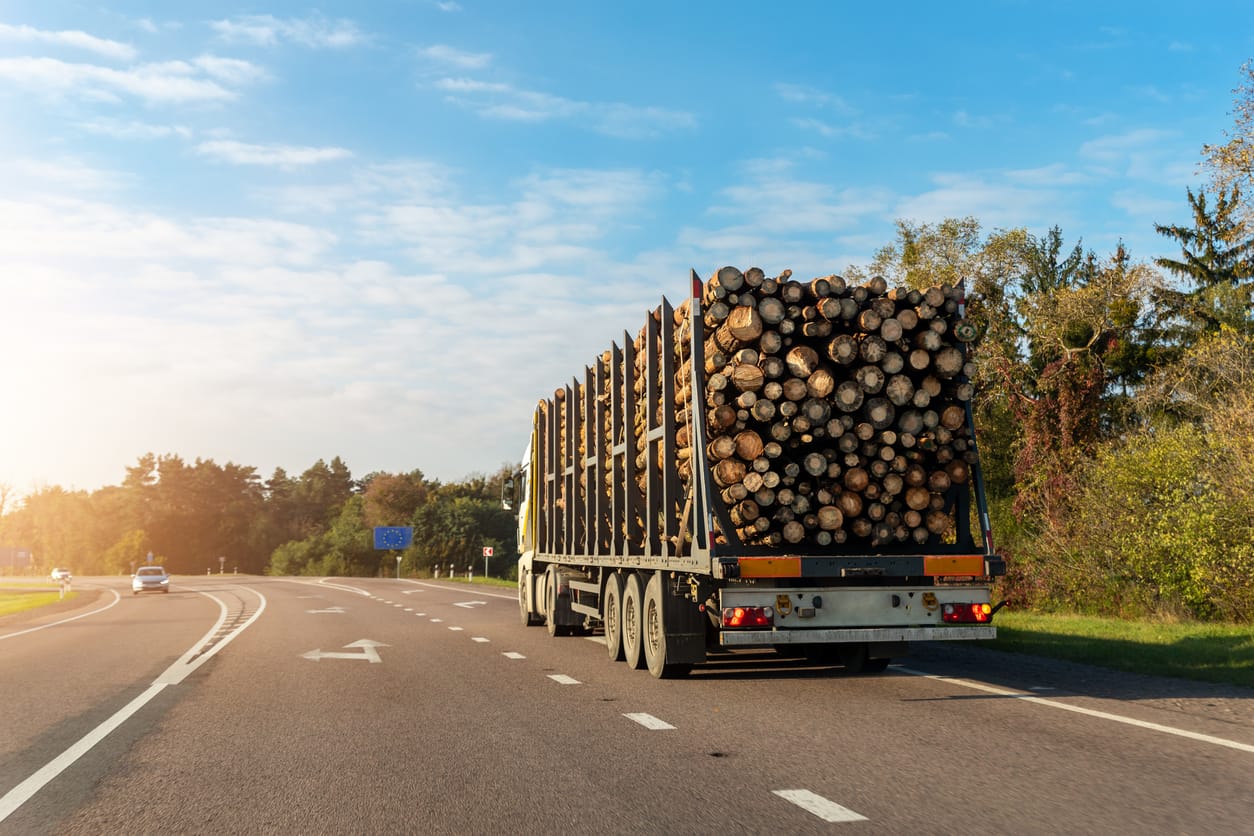
Once your lumber or wood is appropriately packaged, it’s time to prepare the shipment. If you’re shipping lumber already cut into pieces, the best option is often a pallet, and this will help protect the lumber from damage during transit and make it easier to load and unload at the destination. If you’re shipping a larger piece of lumber or a log, you may need to use a crate instead or strap it directly to the truck.
When shipping lumber or wood by pallet or crate, it’s essential to ensure that the goods are adequately secured, so they don’t shift during transit. Strapping or stretch wrap can be used for this purpose. You’ll also want to ensure that the pallet or crate is correctly labeled with all relevant information, including your contact information, in case there are any issues with the shipment.
Next, there are a few things you need to do before you send your shipment off:
- It’s essential to get proper insurance for your shipment. This will protect you in case of any damage or loss during transit.
- You’ll need to ensure that all the proper paperwork is in order. This includes a bill of lading; a document outlining the shipment’s details. You will also need any other required permits or documents.
- It’s always a good idea to take photos of your shipment before it leaves so you have a record of its condition.
Once your shipment is on its way, there are a few things you need to do to make sure everything goes smoothly:
- It would be best if you stayed in contact with the shipping company to track your shipment’s progress and be aware of any potential delays.
- It would help if you kept an eye on the weather conditions along the route to prepare you for any potential problems.
- It’s a good idea to have a backup plan in place in case of any unforeseen delays or problems.
The wood will be transported via truck to the desired destination with a tractor-trailer. The wood will be secured appropriately in the truck to prevent shifting during transport and protected from the elements.
When shipping wood to a construction site, it is essential to have a contact person who can sign for the shipment and confirm that everything has arrived in good condition. Once the wood has been delivered, it should be stored in a dry, protected area until it is ready to be used.
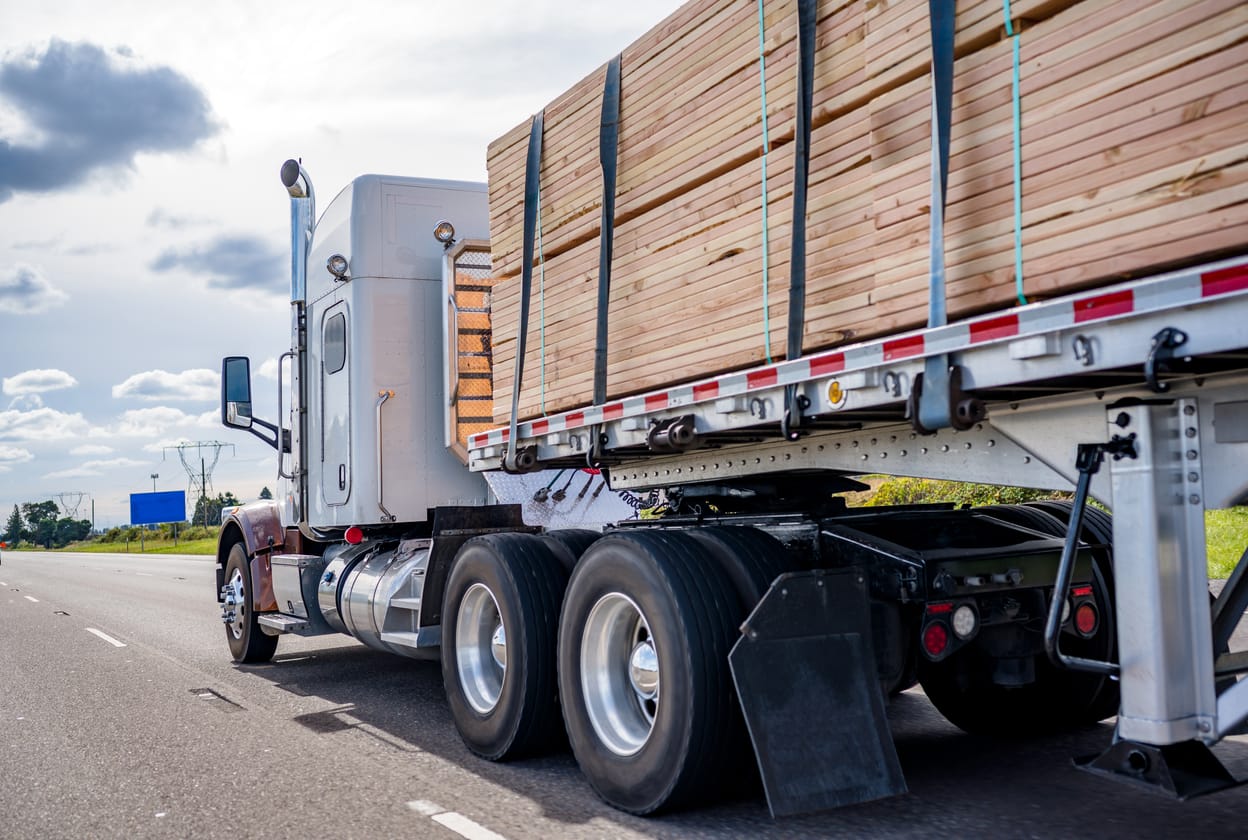
After your shipment arrives, there are a few things you need to do to check that everything is in order:
- You should inspect the wood or lumber’s condition to ensure that it has not been damaged during transit.
- It would be best if you counted the pieces of lumber to ensure that the correct number has been delivered.
- You should confirm that the shipment is complete by checking the packing list against what has been delivered.
If everything looks good, your wood or lumber is ready to use. If there are any problems with the shipment, you should contact the shipping company immediately to resolve the issue.
Now that you know everything there is to know about shipping lumber and wood, you’re ready to get started! Just remember to choose the right type of wood for your needs, adequately package it for shipment, and secure it, so it doesn’t shift during transit. With some planning, shipping lumber and wood can be a breeze!
If you need a reliable company to help you ship lumber and wood, please don’t hesitate to reach out at (866) 821-4555 or get a free a quote here.
